XCellTMNDT Device for Half-Cell Corrosion Mapping
Fast, reliable, & efficient detection of corrosion in reinforced concrete structures
Product discontinued: XCell is now a Giatec legacy product with continued support until August 1, 2025.
Fast, reliable, & efficient detection of corrosion in reinforced concrete structures
Product discontinued: XCell is now a Giatec legacy product with continued support until August 1, 2025.

This non-destructive testing device uses a probe outside the concrete to detect the location of corroded reinforcing steel.

Data is collected, analyzed, and stored wirelessly within the mobile app on the tablet provided where it can be easily shared with team members.

Effortlessly generate half-cell contour plots that illustrate the presence of rebar corrosion within the concrete structure.
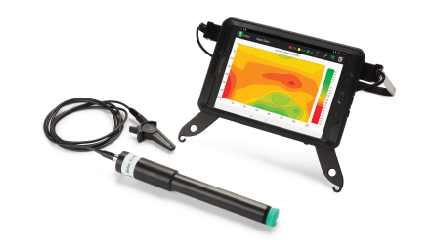
XCell is a non-destructive testing device for fast, reliable, and accurate detection and analysis of corrosion in reinforced concrete structures, complete with accurate contour mapping.
Find the right corrosion detection solution for your concrete testing needs!
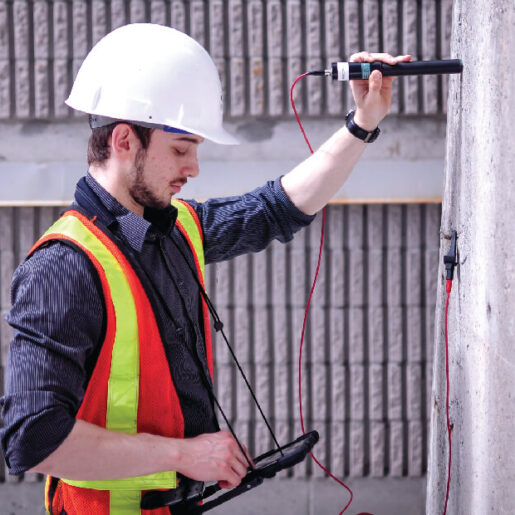
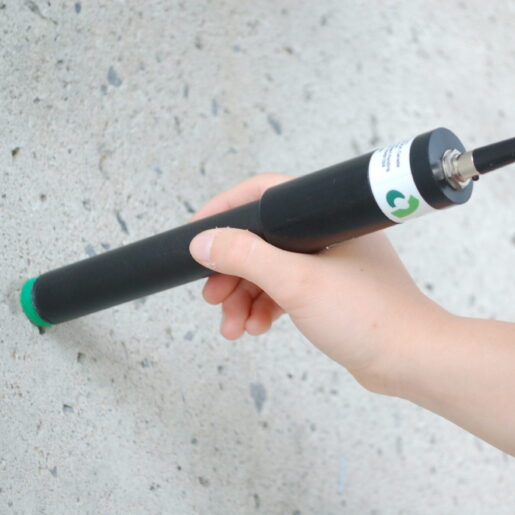
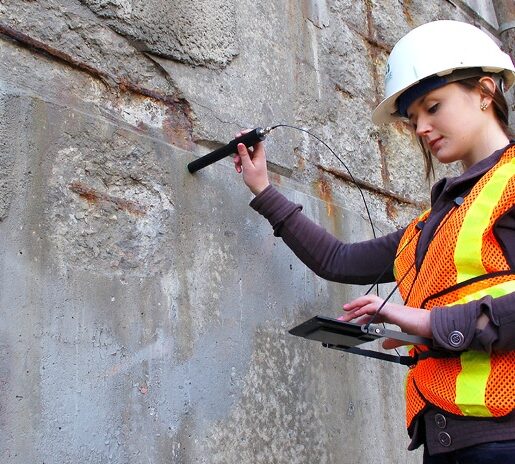
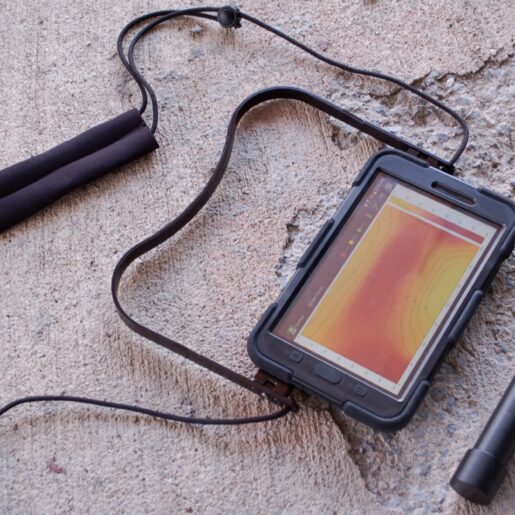
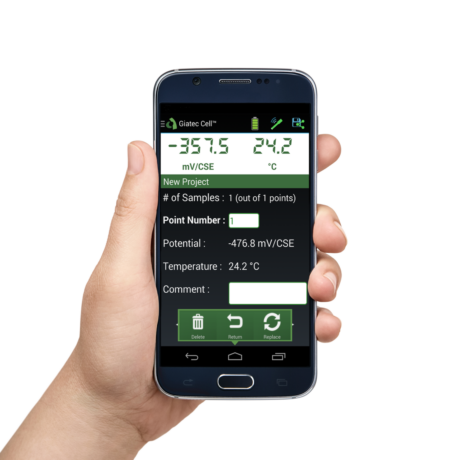
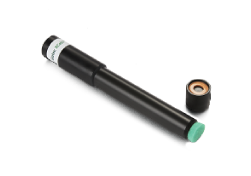
| Type | Value |
| Voltage Measurement Range | -750 to +250 mV / CSE |
| Measurement Resolution | 0.1 mV |
| Sampling Rate | 1 s |
| Input Impedance | >10 M ohm |
| Temperature Measurement Range | 32 – 122°F (0 ~ 50°C) |
| Temperature Measurement Accuracy | 0.9°F (0.5°C) |
Reading Range and Accuracy
| Measured Potential (mV) | Probability of Steel Corrosion Activity |
| > – 200mV | Less than 10% |
| -200mV to -350mV | Uncertain |
| < -350mV | More than 90% |
| Part No. | Item | Description |
| 900079 | XCell Enhanced Package (Tablet operation device) | XCell Probe, Tablet with hands-free carrying support, Data analysis app., Alligator test clips (2 types), Test cable, Charging Cable, Tablet USB cable, USB charger, Extension arm, 3 pieces of contact sponge, Electrode storage solution, User manual, Carrying case (Tablet is included). |
| 900080 | XCell Comprehensive Package (Tablet operation device) | XCell Probe, Tablet with hands-free carrying support Test cable, Data analysis app., Alligator test clips (2 types), Test cable, Charging Cable, Tablet USB cable, USB charger, Extension arm, 3 pieces of contact sponge, Electrode storage solution, Verification probe, Extension reel, User manual, Carrying case (Tablet is included). |
Yes. However, the user requires a product key to activate the Android application. The product key is unique number that is provided with the XCell sensor. Moreover, the Android device should have wireless 4.0 LE connectivity.
A verification kit is available to purchase with the XCell package. It is recommended to verify the device using this reference electrode before conducting a corrosion mapping project. In case the XCell readings are not in range, the device must be calibrated by our technical support team.
Yes, according to the half-cell test standard, a hard-wire connection to the steel rebar is required.
Corrosion map can be developed for a non-flat surface as the measurements are single points. But, it should be noted that delaminated surfaces cannot be tested since there is no physical contact between the concrete and rebar.
A: The XCell™ probe utilizes a silver/silver (I) chloride electrode in saturated KCl solution. Unlike the conventional copper-copper sulfate electrodes, the XCell™ electrode does not need changing the electrode solution. The electrochemical potential values measured by XCell™ are, however, shown based on the Cu/CuSO4 electrode according to the ASTM C876 specifications which state in section 5.1.1.3 that:
“Other reference electrodes having similar measurement range, accuracy, and precision characteristics to the copper-copper sulfate electrode may also be used. Calomel reference electrodes have been used in laboratory studies. For
concrete submerged in seawater, using silver-silver chloride reference electrodes avoids chloride contamination problems that may occur with copper-copper sulfate electrodes. Silver/silver chloride/potassium chloride reference electrodes are also applied to atmospherically exposed concrete. Potentials measured by reference electrodes other than saturated copper-copper sulfate should be converted to the copper-copper sulfate equivalent potential. The conversion technique can be found in Practice G3 and “Reference Electrodes, Theory and Practice” by Ives and Janz.”
A: All three packages utilize the advanced maintenance-free electrode that has wireless connectivity. They are packaged with the other parts e.g. cables, charger, etc. in a hard carrying case. The main difference between these packages is as follows: